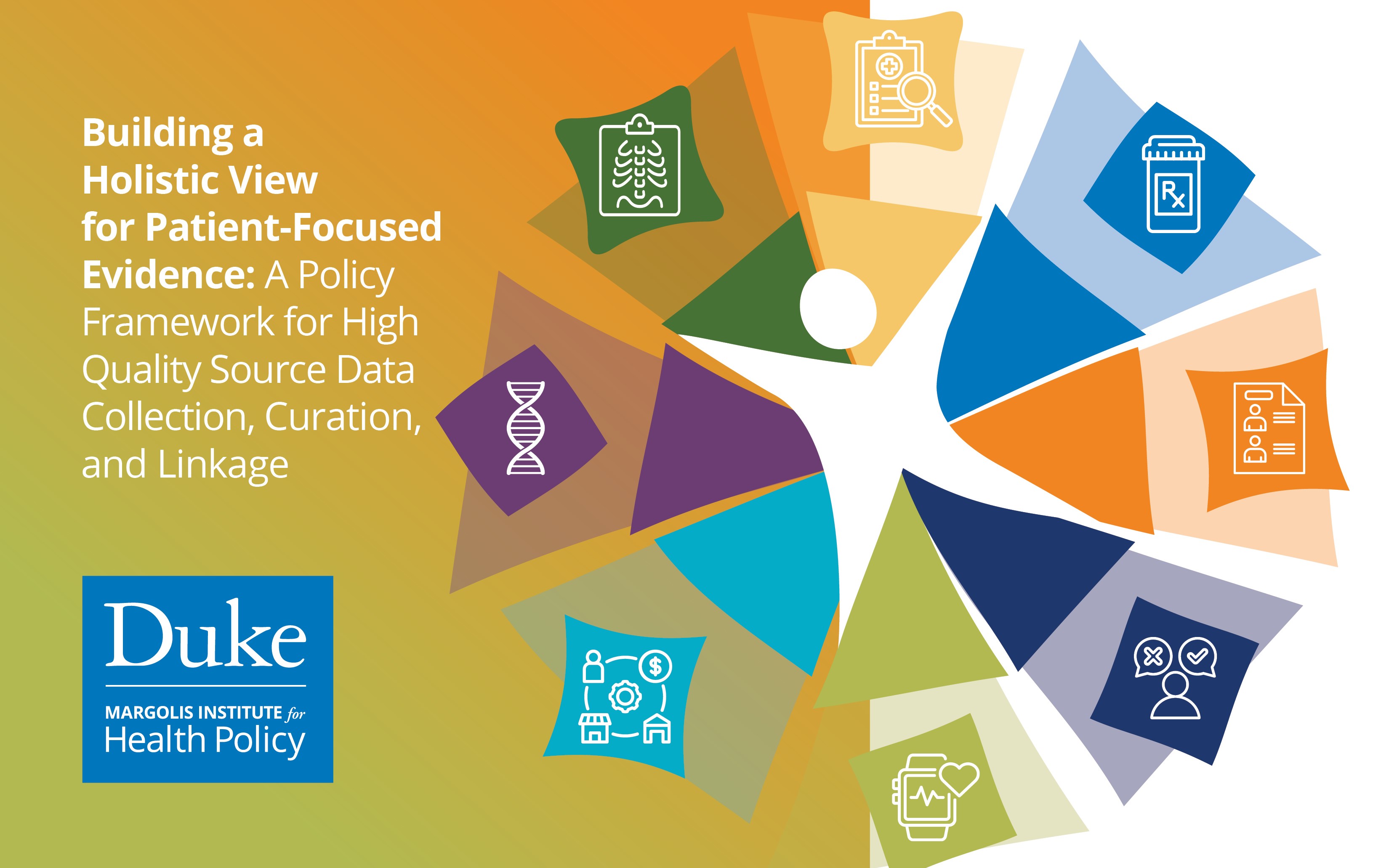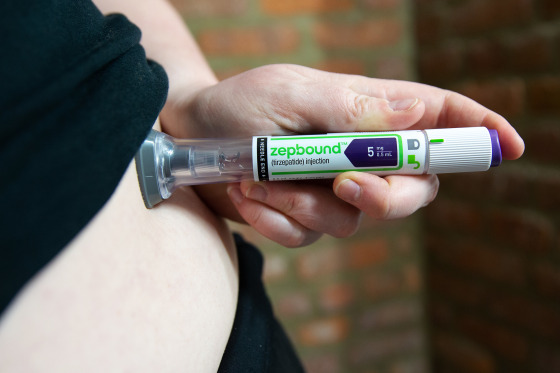Report on the Revision of the 10 Essential Public Health Services (EPHS) Framework
Introduction: Aligning Public Health with Global Goals
The 10 Essential Public Health Services (EPHS) framework, originally established in 1994, serves as a foundational guide for public health systems. Its primary objective has been to delineate the core activities necessary for community health, structured around the functions of assessment, policy development, and assurance. This framework is a critical instrument for achieving Sustainable Development Goal 3 (Good Health and Well-being) by providing a roadmap for public health departments to ensure healthy lives and promote well-being for all.
Modernization Initiative and Alignment with Sustainable Development Goals
Rationale for Revision
After 25 years of guiding public health accreditation, curricula, and priorities, a consensus emerged among public health leaders that the framework required revision. The initiative aimed to update the EPHS to reflect the contemporary public health landscape and address future challenges more effectively.
Collaborative Partnerships for Sustainable Development (SDG 17)
The revision process exemplifies Sustainable Development Goal 17 (Partnerships for the Goals). The initiative was a multi-stakeholder effort led by:
- The Public Health National Center for Innovations (PHNCI)
- The de Beaumont Foundation
- An EPHS Task Force of public health experts
The American Medical Association (AMA) also played a significant role, with its Center for Health Equity contributing to the task force. This collaboration highlights the importance of partnerships across different sectors to strengthen public health infrastructure and achieve shared objectives.
Core Revisions and Emphasis on Equity (SDG 3 & SDG 10)
Centering Equity to Reduce Health Inequalities
The revised EPHS framework, unveiled on September 9, 2020, places a significant new emphasis on equity. This strategic shift directly addresses Sustainable Development Goal 10 (Reduced Inequalities) by explicitly aiming to dismantle systemic and structural barriers that lead to health inequities. By promoting policies and community conditions that enable optimal health for all, the revised framework reinforces the core principle of SDG 3, ensuring that no one is left behind in the pursuit of health and well-being.
The 10 Essential Public Health Services (Revised)
The revised services are designed to build strong and effective public health institutions, a key target of Sustainable Development Goal 16 (Peace, Justice and Strong Institutions). The framework now guides organizations to:
- Assess and monitor population health status, factors that influence health, and community needs and assets.
- Investigate, diagnose, and address health problems and hazards affecting the population.
- Communicate effectively to inform and educate people about health, factors that influence it, and how to improve it.
- Strengthen, support, and mobilize communities and partnerships to improve health.
- Create, champion, and implement policies, plans, and laws that impact health.
- Utilize legal and regulatory actions designed to improve and protect the public’s health.
- Assure an effective system that enables equitable access to the individual services and care needed to be healthy.
- Build and support a diverse and skilled public health workforce.
- Improve and innovate public health functions through ongoing evaluation, research, and continuous quality improvement.
- Build and maintain a strong organizational infrastructure for public health.
Implementation and Institutional Strengthening (SDG 16)
Dissemination and Capacity Building
To support the adoption of the revised framework, an EPHS toolkit has been developed. This resource is designed for practitioners, public health departments, and academic institutions to update educational materials and operationalize the new principles. The toolkit is a practical tool for capacity building, contributing to the development of effective, accountable, and inclusive institutions as envisioned in SDG 16.
A Framework for Action
The AMA actively supports the implementation of the new framework across the healthcare industry and communities nationwide. The revised EPHS provides a modern, equity-focused roadmap for achieving public health objectives that are intrinsically linked to the global Sustainable Development Goals, particularly those concerning health, equality, and strong institutions.
Analysis of the Article in Relation to Sustainable Development Goals
1. Which SDGs are addressed or connected to the issues highlighted in the article?
-
SDG 3: Good Health and Well-being
- The article is centered on public health. It discusses the “10 Essential Public Health Services (EPHS) framework,” which is described as a “roadmap for health departments” to ensure the health of communities. The revision aims to promote “optimal health for all,” directly aligning with the core mission of SDG 3.
-
SDG 10: Reduced Inequalities
- A key theme of the article is the focus on equity in the revised EPHS framework. The text explicitly states that the new framework “centers around equity” and aims to “remove systemic and structural barriers that have resulted in health inequities.” This directly addresses the goal of reducing inequalities, particularly in access to health and well-being.
-
SDG 17: Partnerships for the Goals
- The article highlights a multi-stakeholder collaboration to revise the framework. It mentions the partnership between the “Public Health National Center for Innovations (PHNCI),” the “de Beaumont Foundation,” an “EPHS Task Force of public health experts,” and the American Medical Association (AMA). This collaborative effort to improve a national public health standard exemplifies the principles of SDG 17.
2. What specific targets under those SDGs can be identified based on the article’s content?
-
Target 3.d: Strengthen the capacity of all countries… for early warning, risk reduction and management of national and global health risks.
- The EPHS framework is designed to describe “the activities that public health systems should undertake in all communities.” By revising and promoting this framework, the involved organizations are working to strengthen the nation’s public health capacity and infrastructure, which is the essence of this target.
-
Target 10.3: Ensure equal opportunity and reduce inequalities of outcome, including by eliminating discriminatory… policies and practices…
- The article states the revised EPHS “promotes policies, systems and overall community conditions that enable optimal health for all and seek to remove systemic and structural barriers that have resulted in health inequities.” This is a direct effort to revise a foundational policy framework to ensure equal opportunity for health and reduce inequalities of outcome.
-
Target 17.17: Encourage and promote effective public, public-private and civil society partnerships…
- The revision of the EPHS was a collaborative project involving various entities: PHNCI, the de Beaumont Foundation (a private foundation), and the AMA (a civil society/professional organization). The article describes this as a “partnership with an EPHS Task Force of public health experts,” which is a clear example of the multi-stakeholder partnerships this target aims to foster.
3. Are there any indicators mentioned or implied in the article that can be used to measure progress towards the identified targets?
-
For Target 3.d:
- An implied indicator is the adoption and implementation of the revised EPHS framework by public health departments and communities. The article mentions that the original framework has “driven public health department accreditation,” suggesting that the rate of accreditation under the new, equity-focused framework would be a key metric of strengthened capacity.
-
For Target 10.3:
- The primary indicator is the existence of the revised EPHS framework itself, which now “centers around equity.” Its adoption serves as a measure of progress. A further, long-term indicator would be the reduction of the “health inequities” that the framework aims to address, although the article does not specify how this would be measured.
-
For Target 17.17:
- The indicator is the successful formation of the partnership and the delivery of its outcome. The article documents the collaboration between PHNCI, the de Beaumont Foundation, the AMA, and the EPHS Task Force, which resulted in the “release of the 2020 revised 10 EPHS” on September 9, 2020. This tangible result serves as an indicator of an effective partnership.
4. Table of SDGs, Targets, and Indicators
| SDGs | Targets | Indicators |
|---|---|---|
| SDG 3: Good Health and Well-being | 3.d: Strengthen the capacity of all countries… for early warning, risk reduction and management of national and global health risks. | The adoption and implementation of the revised EPHS framework by public health departments; Rate of public health department accreditation based on the new framework. |
| SDG 10: Reduced Inequalities | 10.3: Ensure equal opportunity and reduce inequalities of outcome, including by eliminating discriminatory… policies and practices… | The existence and adoption of the revised EPHS framework that “centers around equity” and aims to “remove systemic and structural barriers.” |
| SDG 17: Partnerships for the Goals | 17.17: Encourage and promote effective public, public-private and civil society partnerships… | The successful partnership between PHNCI, the de Beaumont Foundation, the AMA, and the EPHS Task Force, resulting in the release of the revised framework. |
Source: ama-assn.org







